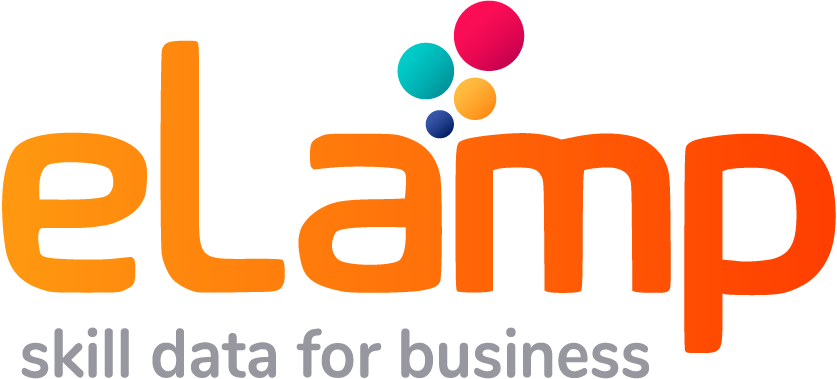
Interview with Claire OROSCO,
Project Director HRIS Mission – Social Ministries
_____
Can you introduce us to the Social Ministries?
The Social Ministries include the following Ministries:
- Ministry of Solidarity and Health
- Ministry of Labour
- Ministry of National Education
- Ministry of Sports
They represent a volume of approximately 22,000 agents distributed in central administration and in deconcentrated services. All of these agents come under the State Civil Service, whether they are permanent or contractual.
What are the main challenges and objectives of the Social Ministries?
The challenge is to optimise the adequacy of the resources and skills available for the missions and activities carried out by the social ministries. It is also a question of making agents more involved in their professional careers.
The approach adopted is based on the following principles :
- Explore the set of skills (professional, extra-professional, acquired throughout the career), completing the vision of other parameters such as the diplomas, skills exercice contexts, activities sector’s in which the agents have evolved.
- To use reference frames that are enriched over time.
- Relying on an innovative technological solution, easy to use and attractive for the end agents as well as for the HR actors.
- Promote the transposable dimension of the solution to other ministerial contexts or to other structures of the Public Service.
Operational purposes :
- Deploy a skills management solution upstream of HR processes (recruitment, mobility, training, career management).
- To identify the skills held by the agents, beyond the activities carried out within the framework of their ministerial functions.
- Identifying the key skills of the Social Ministries.
- Provide each agent with a skills passport.
- Enable career mobility advisers, recruitment actors, including managers, to have access to data skills to place the right resource in the right place and allow for career paths.
What is the skills management place in your organisation?
Today the use of the notion “skills” in HR processes, when it is used, is approached in a watertight manner from one process to another: there is no linear causal link (of the “cause to effect” type) or circular causal link between an analysis of skills during an assessment interview and an individual or collective training plan.
In a Workforce Planning short- and medium-term logic, no process or tool can identify which agents have which skill required at a really significant level. There is a lack of both a quantitative (“how many” agents hold a given skill) and qualitative (“precise typology” of skills) vision.

What issues would you like to address by implementing a skills management solution?
Change the paradigms: place skills management into HR development in the social ministries, in addition to career development considerations and mobility imposed by the statutory and regulatory civil service framework (=> notions of grades, steps…).
To enable to the Social Ministries structures heads to visualise in almost real time the skills available and the skills required in structures.
To provide concrete decision-making elements support for the key HR function processes:
- Recruitment
- Competition management
- Management of mobility and career paths
Why did you choose a partner such as eLamp?
eLamp has a solution whose basic functionalities meet the challenges, approach and methods pursued by social ministries in terms of skills management.
Furthermore, this partner offers a flexible solution that adapts to organisations contexts and to the expected use cases. The project, the design and the implementation of the solution take place in a co-construction logic that follows the client’s path. Ergonomics and user-friendliness are the key elements.
What difficulties do you expect to encounter in setting up a project like this?
It is a bit early to express oneself on the real difficulties. The main anticipated difficulty is the following: the risk of adhesion. In fact, it is a question of gathering a sufficient threshold of information for the virtuous circle to begin: the more skills passports we have, the more correctly filled in the job descriptions, the more essential the tool will become in the panorama of processes and HRIS.
In concrete terms, what are the prospects of getting to know your employees better?
In general, a better match between expected and available profiles, a better service in terms of recruitment management, mobility management, a qualitative vision of the Workforce Planning complementary to a quantitative Workforce Planning vision.
Conclusion / the final word
The pilot involving about 600 agents is in progress.
The first works have allowed to:
- Draw the outlines of the catalogue of skills that we wish to propose in our ministerial eLamp platform, and which will be evolutionary from nature.
- Define the “qualifiers” attached to each of the skills.
- Define the skills passport expectations for agents, as well as the job description framework.
We now have a solid foundation to lead the pilot to success and look forward to wider deployment. Finally, this project is fully in line with the challenges of the civil service law and territorial reform, which will take shape operationally from 2020.
